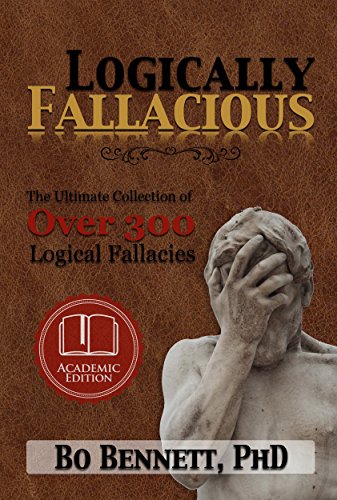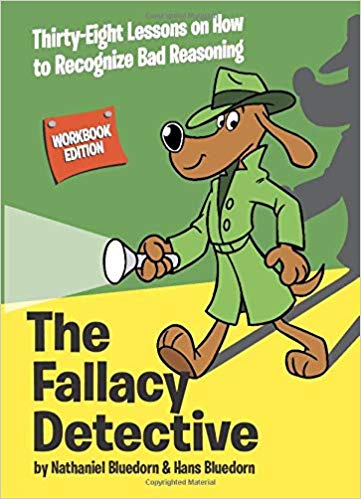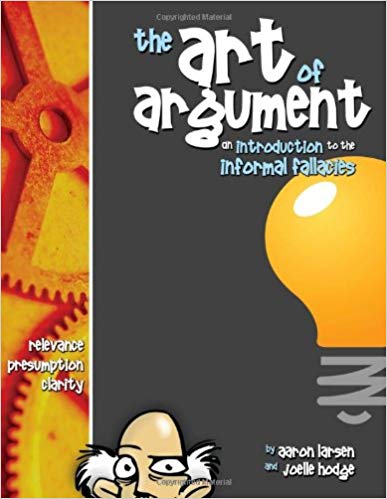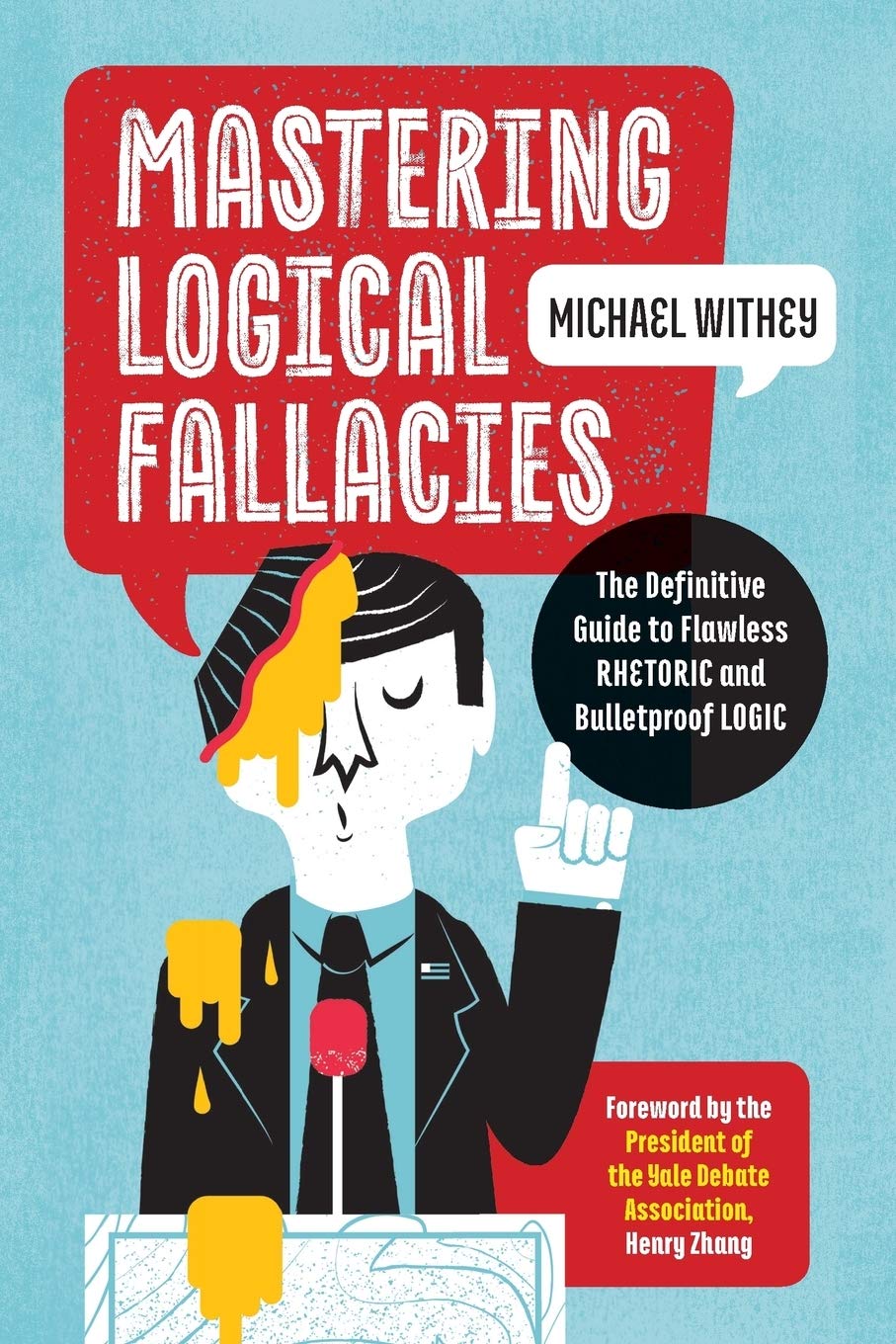Top 10 Common Logical Fallacies and How to Avoid Them
Logical fallacies are errors in reasoning that undermine the logic of an argument. They can be deceptive and often lead to faulty conclusions. Understanding these fallacies is crucial for constructing sound arguments and critically evaluating the arguments of others. Below are the top 10 most common logical fallacies and tips on how to avoid them.
1. Straw Man Fallacy
The Straw Man Fallacy occurs when someone misrepresents or oversimplifies another person's argument to make it easier to attack. Instead of addressing the actual argument, they refute a weaker version of it.
Example: "Person A: We should have more regulations on gun ownership.
Person B: Person A wants to take away all our guns."
How to Avoid: Always engage with the strongest form of the opposing argument. Understand the other side’s points thoroughly and address them directly rather than creating a distorted version of their stance.
2. Ad Hominem Fallacy
The Ad Hominem Fallacy involves attacking the person making the argument rather than the argument itself. This diverts attention from the issue at hand and shifts focus to irrelevant personal characteristics.
Example: "Person A: I believe we should reduce taxes.
Person B: Of course, you would say that—you’re rich."
How to Avoid: Focus on the argument, not the individual. Evaluate the claims based on their merits, regardless of who is presenting them.
3. False Dilemma (False Dichotomy)
The False Dilemma Fallacy occurs when someone presents only two options or outcomes when more possibilities exist. This fallacy forces a black-and-white view of the situation, ignoring any middle ground.
Example: "You’re either with us, or you’re against us."
How to Avoid: Recognize that most situations have multiple outcomes or solutions. Explore all possible options before concluding that only two choices exist.
4. Slippery Slope Fallacy
The Slippery Slope Fallacy assumes that a relatively small first step will inevitably lead to a chain of related events resulting in a significant (usually negative) impact, without sufficient evidence to support this chain of events.
Example: "If we allow students to redo their assignments, soon they’ll expect to redo entire courses, and then the value of education will decline."
How to Avoid: Demand evidence for each step in the causal chain. Avoid assuming that one action will necessarily lead to an extreme outcome without logical support.
5. Circular Reasoning
Circular Reasoning occurs when the argument's conclusion is used as a premise without proper justification. The argument goes in circles without proving anything.
Example: "I’m right because I’m never wrong."
How to Avoid: Ensure that your premises are independent and can stand on their own without relying on the conclusion to be valid.
6. Hasty Generalization
The Hasty Generalization Fallacy happens when a conclusion is drawn from insufficient or biased evidence. Essentially, it involves making a broad generalization based on a small sample size.
Example: "My friend had a terrible experience with that car brand, so all their cars must be unreliable."
How to Avoid: Gather sufficient evidence before making a generalization. Ensure that your sample size is large enough to be representative.
7. Post Hoc Ergo Propter Hoc
The Post Hoc Fallacy (Latin for "after this, therefore because of this") assumes that because one event followed another, the first event caused the second. This fallacy confuses correlation with causation.
Example: "I wore my lucky socks, and my team won the game. Therefore, the socks caused the win."
How to Avoid: Recognize that just because two events occur together or sequentially does not mean one caused the other. Look for clear evidence of causation.
8. Appeal to Authority
An Appeal to Authority Fallacy occurs when someone argues that a claim is true simply because an authority figure or expert believes it to be true, without presenting actual evidence.
Example: "This diet must be effective because a famous doctor said so."
How to Avoid: While expert opinions can be valuable, always look for evidence supporting the claim rather than relying solely on authority. Evaluate the argument based on its merits, not just the source.
9. Red Herring
The Red Herring Fallacy involves introducing an irrelevant topic or distracting information to divert attention away from the original argument.
Example: "Why should we worry about climate change when there are people starving in the world?"
How to Avoid: Stay focused on the main issue and avoid bringing up unrelated topics. Address the argument directly without deflecting to other concerns.
10. Appeal to Emotion
The Appeal to Emotion Fallacy seeks to manipulate an emotional response instead of presenting a logical argument. While emotions can be persuasive, they should not replace reasoned discourse.
Example: "If you care about your family’s safety, you’ll vote for this policy."
How to Avoid: Use emotional appeals sparingly and always back them up with logical reasoning and evidence. Ensure that your argument can stand on its own merits without relying solely on emotional manipulation.
Conclusion
Recognizing and avoiding logical fallacies is essential for constructing sound arguments and engaging in meaningful discourse. By understanding these common fallacies and applying strategies to avoid them, you can improve your critical thinking skills and become a more effective communicator.

Books About Logical Fallacies
A few books to help you get a real handle on logical fallacies.




